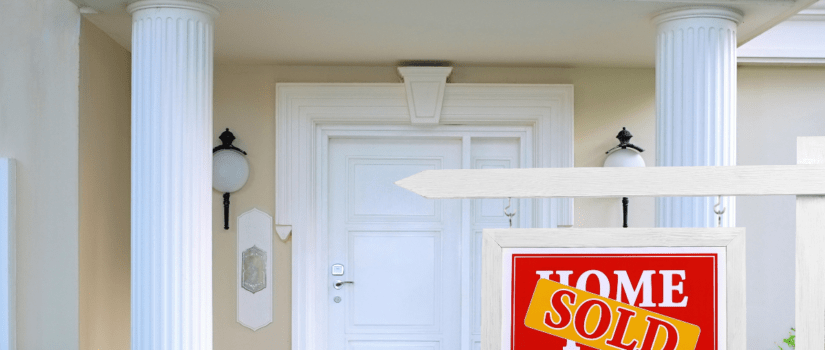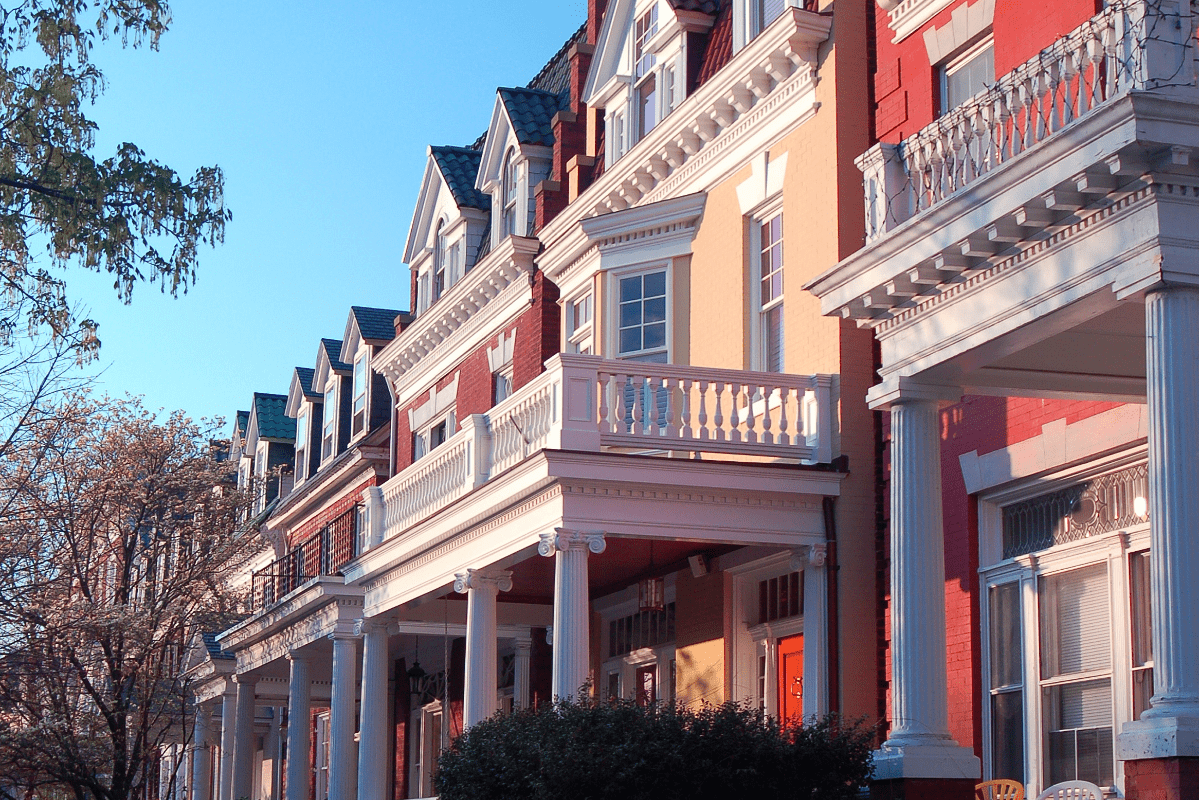The Price is Right: How to Set Your Listing Price Strategically

Pricing your home correctly is a key strategy for success when navigating the complex landscape of competitive real estate sales. In such a market, especially one like Richmond where demand surpassing supply seems to be the new norm, setting an accurate and appealing price can significantly impact the success of your home sale. There’s an art and science to pricing your home right—it’s a strategy that not only attracts potential buyers but also ensures you maximize the return on your real estate investment.
Let’s take a look at the importance of thorough market research, understanding comparable home prices, and leveraging a pricing strategy tailored to the dynamics of the competitive market.

The Power of Market Research
Market research serves as the bedrock for setting the right price for your home. In a competitive real estate market, where prices can fluctuate rapidly and demand can vary from one neighborhood to another, understanding current market conditions is crucial. Effective market research involves analyzing various factors, including local housing trends, economic indicators, interest rates, and supply and demand dynamics. An experienced real estate agent will have a constant eye on these factors, and they will be an invaluable resource and guide for this process.
One of the first steps in market research is identifying the comparable sales (or “comps”) in your area. These are recently sold properties with similar features, size, and location to your home. Analyzing the sale prices of these comparable homes can provide valuable insights into what a buyer might be willing to pay for your property.
In addition, researching current listings can help you understand the competition—what other homes are available, their asking prices, and how your property stacks up in terms of value. Evaluating the average days on market can provide an indication of how quickly homes are selling, which is vital information for pricing your home competitively.
Understanding Comparable Home Prices
Comparing your home to similar properties in your area is fundamental to pricing it appropriately. Comparable home prices offer a benchmark against which you can evaluate the value of your own property. Here are key aspects to consider when analyzing comparable homes:
- Location: Location is a primary factor in real estate. Properties in the same neighborhood or vicinity often share similar market values. Consider proximity to amenities, schools, transportation, and other local factors that can influence pricing.
- Size and Layout: Evaluate the square footage, number of bedrooms, bathrooms, and overall layout of comparable homes. A larger or more functional layout can justify a higher price.
- Condition and Upgrades: Consider the condition of the property and any recent upgrades or renovations. A well-maintained and updated home can command a higher price.
- Amenities and Features: Take note of unique features such as a pool, a view, or a state-of-the-art kitchen. These features can significantly impact the price of a home.
- Age of the Property: The age of the property and the age of any renovations can affect its value. Newer properties, recently renovated homes, and historic homes can often vary greatly in price.
Leveraging a Strategic Pricing Approach
In a competitive real estate market, a strategic pricing approach is essential to attracting potential buyers and generating interest in your property. While pricing too high can deter buyers, pricing too low can undervalue your home. Here are some strategies to consider:
- Competitive Pricing: Align your price with comparable homes in the area. Setting a competitive price can attract more buyers, potentially resulting in multiple offers and a higher final sale price.
- Incremental Pricing: Consider using just-below pricing, like $299,000 instead of $300,000. This can create a psychological effect, making your home appear more attractively priced.
- Pricing Bands: Group your home with other homes in a slightly higher price range. For example, if you believe your home is worth $510,000, consider listing it at $499,000 to attract buyers searching in the $500,000 to $550,000 range.
- Regular Price Reviews: Be prepared to review and adjust the price of your home based on market feedback and activity. If your home is not generating sufficient interest, a price adjustment may be necessary to stimulate buyer interest.

The Balancing Act: Attracting Buyers and Maximizing ROI
Pricing your home right is a delicate balance between attracting potential buyers and ensuring you get the best return on your investment. A well-priced home not only entices buyers but can also create a sense of urgency, driving up competition and potentially resulting in a higher sale price.
However, it’s crucial to note that while maximizing your return on investment is important, overpricing can lead to a stagnant listing, causing your property to become stale in the eyes of potential buyers. This can ultimately lead to a lower final sale price or an extended time on the market.
Key Takeaways
In a competitive real estate market, pricing your home accurately is a vital strategy to succeed in selling your property. Thorough market research, understanding comparable home prices, and leveraging a strategic pricing approach can position your home effectively in the market, attracting potential buyers and maximizing your return on investment.
Remember, partnering with a knowledgeable real estate agent can greatly assist you in determining the optimal pricing strategy for your home. Their expertise and insights into the local market can be invaluable in pricing your home right and achieving a successful sale. By carefully considering market dynamics and utilizing strategic pricing, you can increase the likelihood of a successful sale while maximizing the value of your property.






